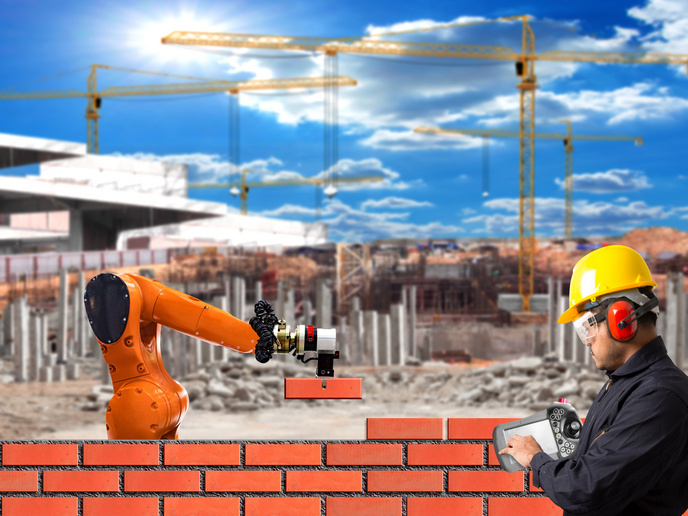Robotic platforms make construction sites safer, more efficient
Construction can be a dangerous sector to work in. Not only is it responsible for many of Europe’s workplace injuries, it also accounts for many of its deaths. In fact, in the span of just 4 months during 2024, 30 construction workers lost their lives at building sites across Europe. “Drilling, sanding, spraying insulation materials and moving heavy materials are all tasks that are both time-intensive and potentially hazardous to workers,” says Nikolaos Tsagarakis, a researcher at the Italian Institute of Technology (IIT). They are also tasks that can be safely performed by robots. With the support of the EU-funded CONCERT project, IIT has developed a reconfigurable robotic platform capable of performing a wide range of construction tasks. “Our goal was to develop innovative, efficient and customisable modular collaborative solutions that streamline the construction processes, help alleviate the burden of strenuous tasks on humans, and improve construction task efficiency and precision,” adds Tsagarakis, who serves as the project coordinator.
Using robots for a safer and more efficient construction site
The CONCERT robotic solution is a fully functional and modular mobile manipulation platform that can be quickly and seamlessly reconfigured to adapt to the specific requirements of different construction use cases, payloads and kinematic requirements. “Instead of having different robots for different tasks, we created a modular and completely reconfigurable solution that can be easily repurposed for different tasks right at the construction site,” explains Tsagarakis. While the robot can perform some basic tasks autonomously, it was designed to assist – not replace – the human worker. “By taking care of the routine and often dangerous tasks, our robot ensures that the human worker can focus their attention on more complex tasks, making the entire construction process more time- and cost-efficient,” notes Tsagarakis.
Connecting robotic automation to industry-specific tools
The platform was tested and validated at a real construction site, where it performed a range of tasks under realistic conditions and working alongside actual construction workers. Not only was it able to perform all the required tasks, it was also able to adapt to some on-the-fly requests made by the construction team. Researchers also demonstrated how robotic automation software tools, such as those developed by the project, can be seamlessly connected to industry-specific tools such as the building information model. “This further enhances construction site safety and efficiency, as, instead of handling heavy power tools, workers use a tablet to control the robot,” explains Tsagarakis.
A significant achievement in robotics
The CONCERT modular platform represents a significant European achievement in the field of robotics. Not only did it produce what is likely the first multipurpose, reconfigurable construction robotic platform, it also demonstrated the developed platform at a technology readiness level higher than what is usually achieved in such research and innovation action type projects. As a result, the solution has significant commercial potential. “The flexibility and interoperability of the platform has been proven in diverse task settings, confirming that the CONCERT platform can be adapted to address an even wider range of tasks than those originally considered,” concludes Tsagarakis. “This is something we are eager to explore further.”
Keywords
CONCERT, robot, robotic platform, construction, construction site, automation, construction workers







